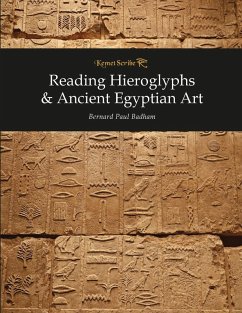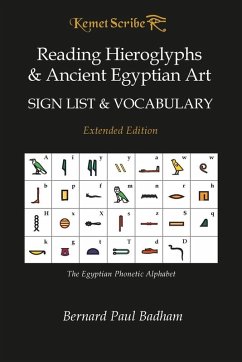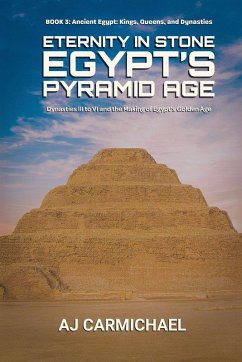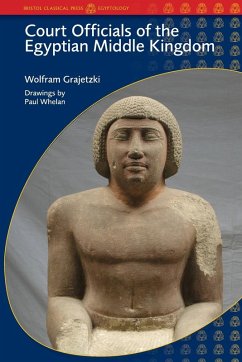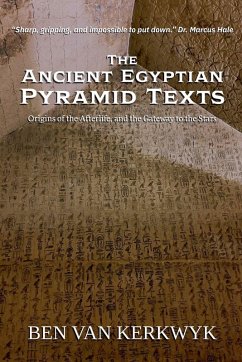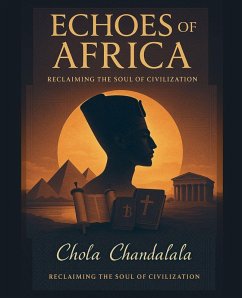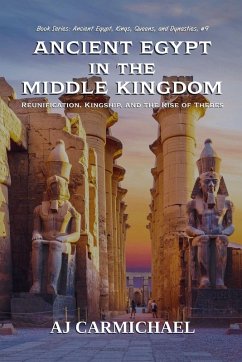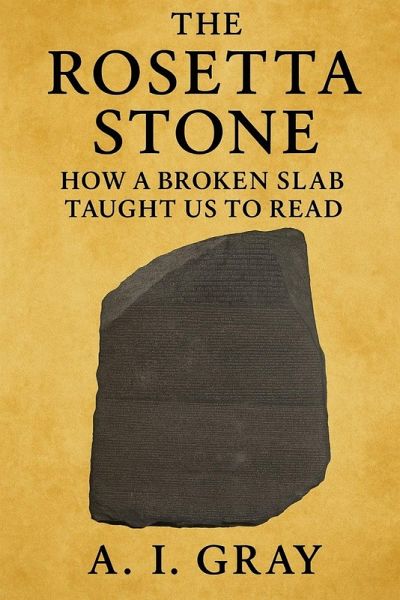
The Rosetta Stone
How a Broken Slab Taught Us to Read
Versandkostenfrei!
Versandfertig in 1-2 Wochen
21,99 €
inkl. MwSt.

PAYBACK Punkte
11 °P sammeln!
In 1799, a fragment of dark stone pulled from the rubble of Fort Julien near the town of Rosetta unlocked one of the greatest intellectual triumphs of modern history. Inscribed in three scripts-Greek, Demotic, and hieroglyphic-the Rosetta Stone transformed from a priestly decree for a boy-king into the key that reopened the language of ancient Egypt after centuries of silence. This book traces that journey in full: from the Stone's discovery during Napoleon's Egyptian campaign to its contested transfer to the British Museum; from Athanasius Kircher's early fantasies to Champollion's hard-won b...
In 1799, a fragment of dark stone pulled from the rubble of Fort Julien near the town of Rosetta unlocked one of the greatest intellectual triumphs of modern history. Inscribed in three scripts-Greek, Demotic, and hieroglyphic-the Rosetta Stone transformed from a priestly decree for a boy-king into the key that reopened the language of ancient Egypt after centuries of silence. This book traces that journey in full: from the Stone's discovery during Napoleon's Egyptian campaign to its contested transfer to the British Museum; from Athanasius Kircher's early fantasies to Champollion's hard-won breakthrough; from casts and replicas that spread its text worldwide to the metaphoric afterlife of "Rosetta Stone" as shorthand for any universal key. Along the way it examines the rivalries of scholars, the science of decipherment, the evolution of epigraphy, and the modern debates over repatriation and digital access. Drawing on primary sources, archival correspondence, and the latest imaging technologies, The Rosetta Stone: How a Broken Slab Taught Us to Read situates one artifact at the crossroads of empire, language, and knowledge. It is both the story of a single object and a meditation on how human persistence and method can turn silent signs into shared language.



